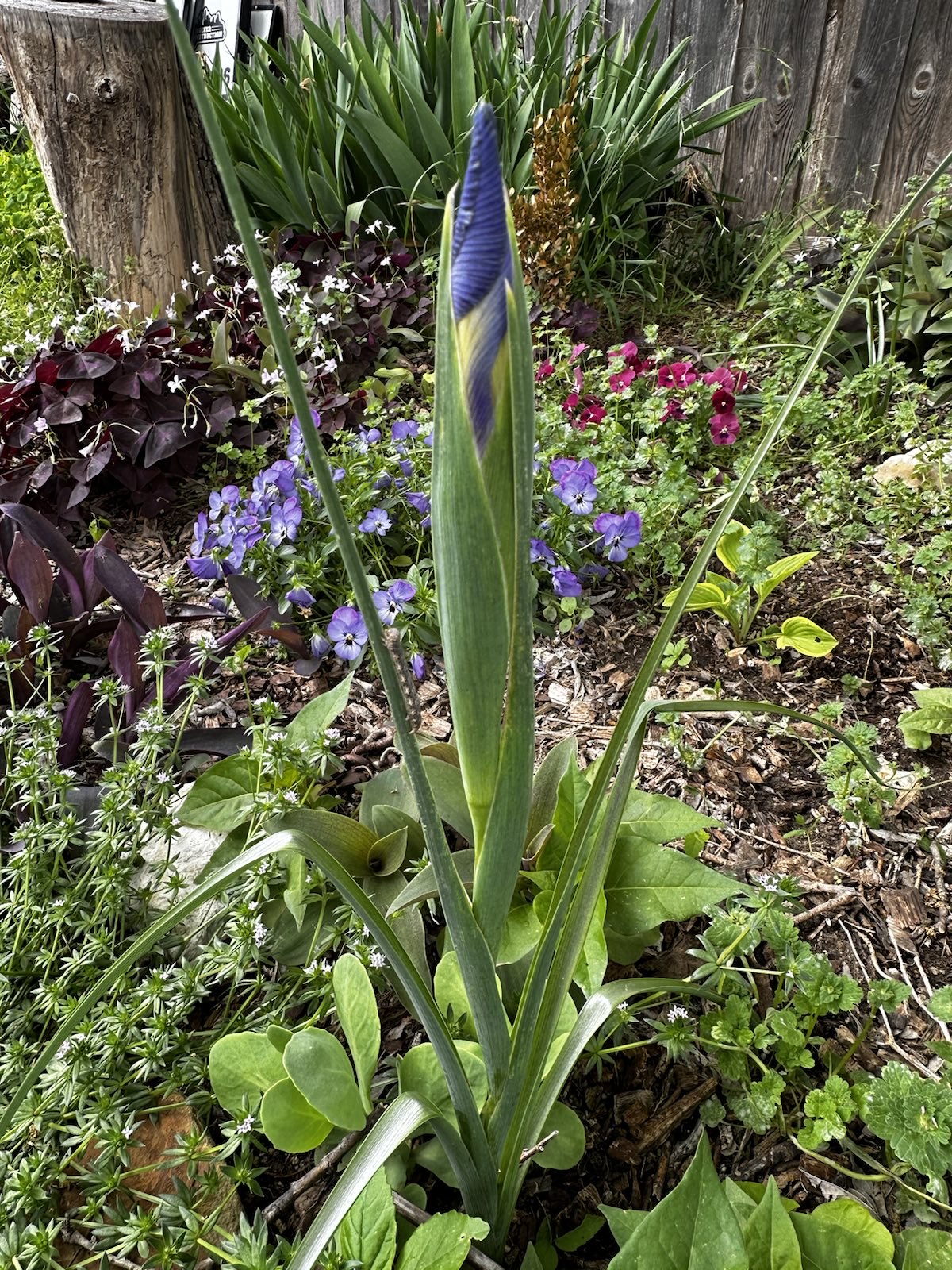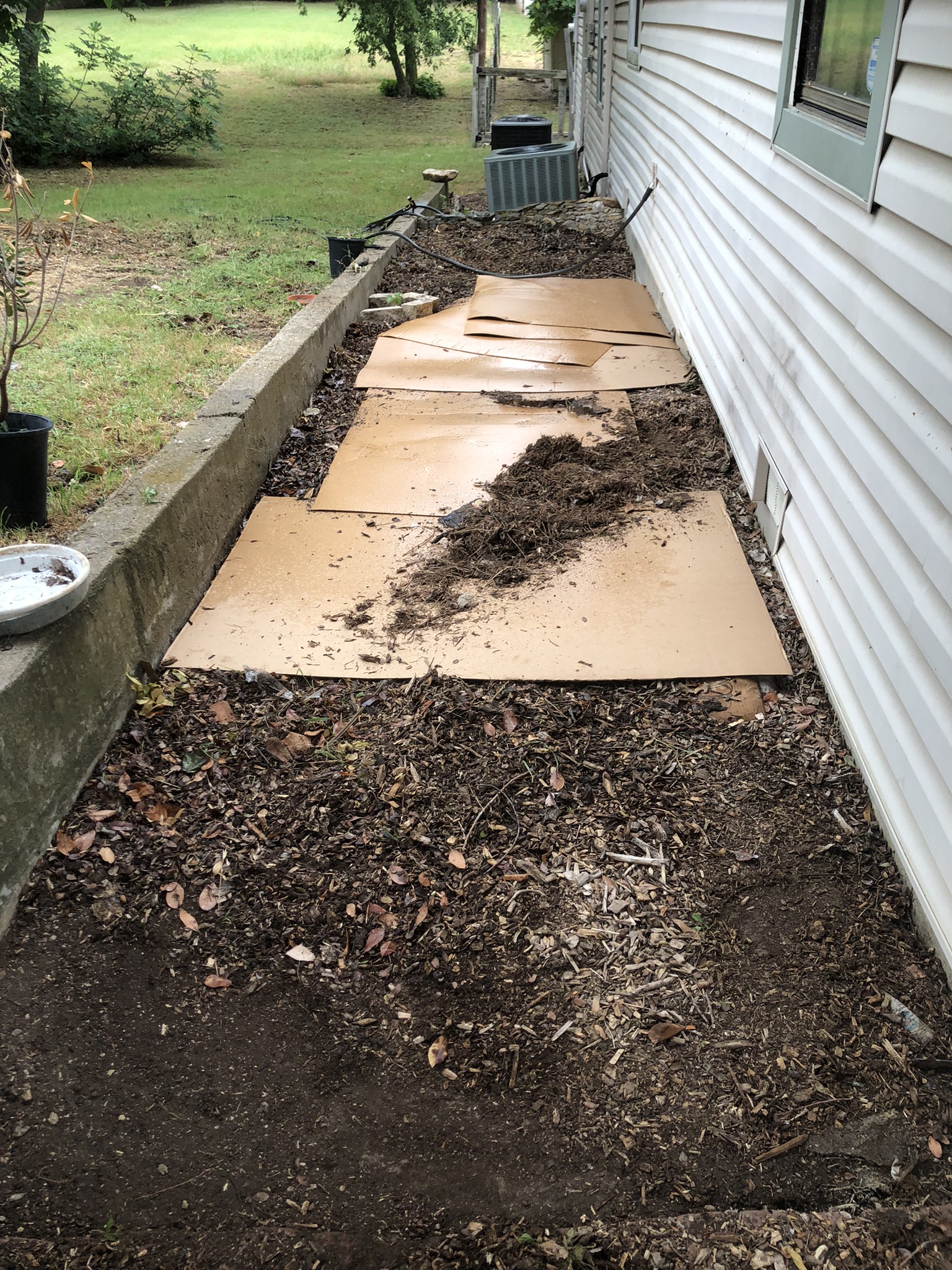 The heat of summer is finally setting in, but with all the rain we’ve had in April plants everywhere are just absolutely exploding. Now is the time to start setting in your annual color. For annuals, you’ll want to get “hardened” plants and not something just out of the greenhouse. They will need time to acclimate to the heat we’re just now experiencing.
The heat of summer is finally setting in, but with all the rain we’ve had in April plants everywhere are just absolutely exploding. Now is the time to start setting in your annual color. For annuals, you’ll want to get “hardened” plants and not something just out of the greenhouse. They will need time to acclimate to the heat we’re just now experiencing.
For perennials if you’re a fan of coneflowers (Echinacia) now is the time to plant them. Lantanas are another great choice for heat loving perennials and they are definitely in stock at your local garden center. Lantanas are often mistaken for annuals, but don’t be discouraged if they seem to die completely away in the winter. They will die back to the ground and come back with the first heat of summer. Of course there are many other options for annual colors, such as pentas and violas as well.
For your lawn, if you’re considering adding sod, now is the ideal time. St. Augustine is a fantastic choice for full sun and heavy clay soils, but bermuda and zoysia will also work. For shady areas, Titan fescue is a fantastic option. Additionally, now is the perfect time to fertilize your lawn. We recommend an all nitrogen fertilizer along the lines of a 15-0-0. That being said, we highly advise against any “weed and feed” additives. They can severely hurt woody shrubs and trees.
 While we’re discussing lawns, this is the time to inspect your St. Augustine for Take All Root Rot (TARR) which is a fungus that can decimate your lawn. You can identify this through a general “yellowing” of the grass, or if it is farther advanced you will notice bald spots and a general lack of structure of the root system which will appear dry and brittle. Acidification through a peat moss treatment, or chemicals such as aluminum sulfate will help your turf beat back the fungus. We recommend a minimum of 1” of peat moss well raked in so that the grass is poking through the layer.
While we’re discussing lawns, this is the time to inspect your St. Augustine for Take All Root Rot (TARR) which is a fungus that can decimate your lawn. You can identify this through a general “yellowing” of the grass, or if it is farther advanced you will notice bald spots and a general lack of structure of the root system which will appear dry and brittle. Acidification through a peat moss treatment, or chemicals such as aluminum sulfate will help your turf beat back the fungus. We recommend a minimum of 1” of peat moss well raked in so that the grass is poking through the layer.
Mulch seems to be a common topic that we discuss here, but it’s importance cannot be over emphasized. In addition to weed suppression, it plays a major role in helping the soil to retain moisture. That may not yet be a problem now, but once we get into June and July you’ll want all the help that you can get with soil moisture. If your existing mulch is more than a couple of years old you may consider raking out the old mulch and replacing it.
Along those same lines, if your irrigation system is not functioning properly this is the time to address repairs. The El Nino system that has blessed us with abundant rain this spring seems to be changing to a La Nina system, which means that natural rainfall will decrease through the end of the summer and into autumn and winter. It may just mean a little adjustment is needed for some spray heads, or perhaps a valve just needs to be rebuilt. Regardless, now is the time to address any irrigation problems before the Texas heat hits us in full force.
It certainly is an exciting time of year, and Desiree Gardens is always here to help. Need help with your irrigation or sprinkler system? Does your garden need an overhaul or just a general checkup? Give us a call at 817-202-4808, or drop us a line and contact us here, to find out how Desiree can help you create a wonderful garden with a budget you can afford.
Like what you’re reading? Get information like this delivered straight to your email inbox by signing up here. We will never sell your information, and you can unsubscribe at any time.
And remember, don’t forget to play in the dirt!










